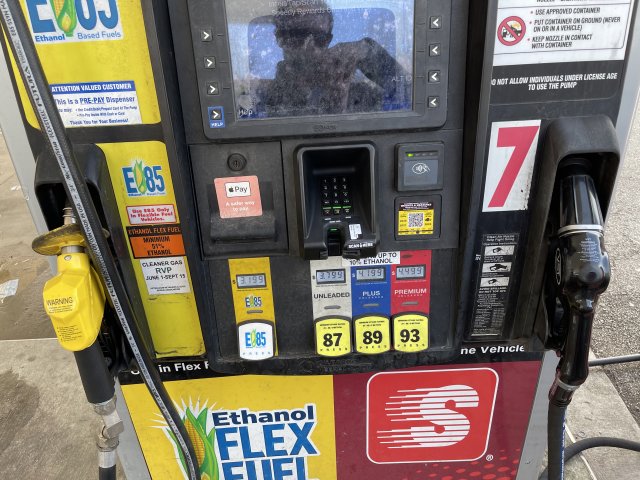It’s been at least a year since I ran Dizzy Jason’s e30 tune. The closest e85 gas station was at least 30 minutes away. I have been happily running his stage 2 93 tune ever since but I’ve missed that extra pull from the e30. I just found out that a gas station within 12-15 minutes now has e85. Looks like e30 will be a regular thing from here on out.
For those of you on the fence about it, not only should you get the e30, get the bundle with either stage 1 or stage 2 (depending on your car’s mods)! I wouldn’t run any other tunes than Jason’s. He’s clearly put in the massive amount of research and testing to deliver on his top notch tunes. Consider him a maestro in the field!
For those of you on the fence about it, not only should you get the e30, get the bundle with either stage 1 or stage 2 (depending on your car’s mods)! I wouldn’t run any other tunes than Jason’s. He’s clearly put in the massive amount of research and testing to deliver on his top notch tunes. Consider him a maestro in the field!
Attachments
-
3.5 MB Views: 23
-
1.3 MB Views: 23
Last edited:



![Frown [:(] [:(]](/images/smilies/frown.png)